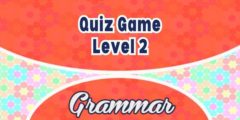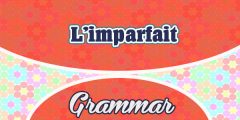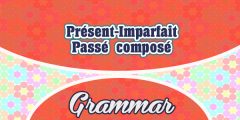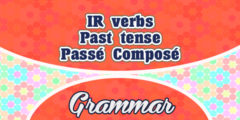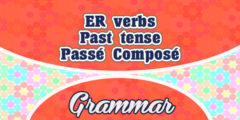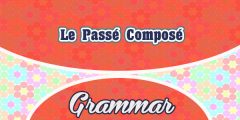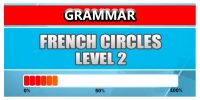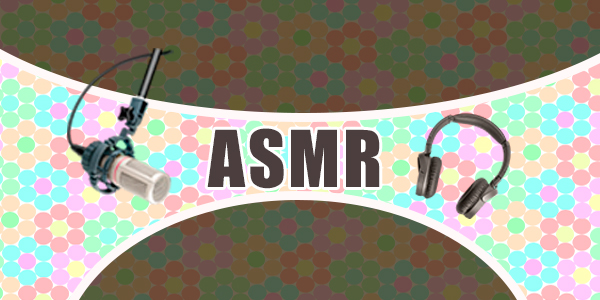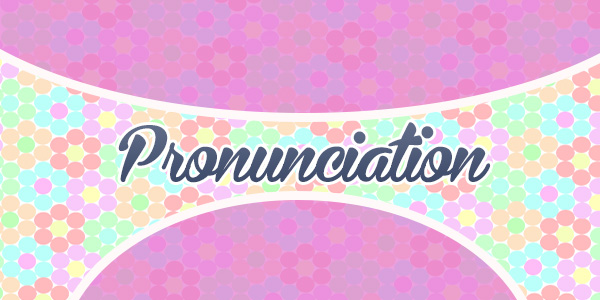The use of “t” in French questions
The use of “t” in French questions is a grammatical rule applied for reasons of euphony (smooth pronunciation) and clarity in the language. Here’s a detailed explanation of its usage:
1. Why add a “t”?
The “t” is added in inverted questions when:
- The verb conjugated in the third person singular ends with a vowel.
- The subject pronoun that follows (il, elle, on) begins with a vowel.
This rule prevents a hiatus, which is the awkward collision of two consecutive vowel sounds, making the sentence hard to pronounce. Adding the “t” ensures the sentence flows smoothly and is easier to understand.
2. When do we use the “t”?
a. With verbs ending in a vowel:
A “t” is inserted between the verb and the subject pronoun (il, elle, on) to avoid the hiatus.
Examples:
- A-t-il fini ? (a-il fini would be difficult to pronounce.)
- Va-t-elle au marché ? (va-elle would not sound smooth.)
- Chante-t-on ce soir ? (chante-on would be awkward and unclear.)
b. With verbs ending in a consonant:
If the verb ends in a consonant (and that consonant is pronounced), there is no need to add a “t”, as there is no hiatus.
Examples:
- Est-il prêt ? (The “t” in est is already present.)
- Fait-elle ses devoirs ? (The “t” in fait is pronounced, so no additional “t” is needed.)
3. Where is the “t” used?
The “t” appears only in inverted questions with a third person singular subject. It is mandatory in formal writing and speech.
General structure:
- [Verb]-t-[Subject pronoun]
- Example: A-t-il ?
4. When is the “t” not used?
a. With subjects other than “il, elle, on”:
The “t” is not added if the subject pronoun is different (je, tu, nous, vous, ils, elles).
Example:
- As-tu fini ? (No “t”, because the subject is “tu”.)
b. In questions without inversion:
The “t” is not required in other types of questions, such as those using est-ce que or intonation-based questions.
Examples:
- Est-ce qu’il a fini ? (No “t” needed here.)
- Il a mangé ? (No inversion, so no “t”.)
5. General Rule:
The “t” is inserted:
- Only in the third person singular (il, elle, on).
- When the verb ends with a vowel.
- In inverted questions.
6. Cultural Note:
This rule is mandatory in formal writing, but in everyday spoken French, people often use other ways to form questions, such as “Est-ce qu’il a mangé?” or simply “Il a mangé?”, which do not require inversion or the addition of the “t”.
More French grammar? Practice here:
Explore More French Grammar Levels: Click on Your Level of Interest:
Grammar Level 1
Grammar Level 2
Grammar Level 3
Grammar Level 4
Grammar Level 5
Grammar Level 6
Grammar Level 7
Grammar Level 8
French Resources for Level 2:
Do you want to practice another Resource? Click on the image of your interest:

The use of “t” in French questions – French Circles


